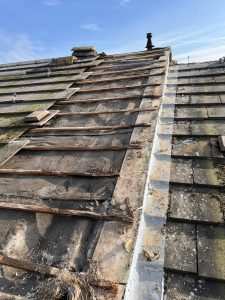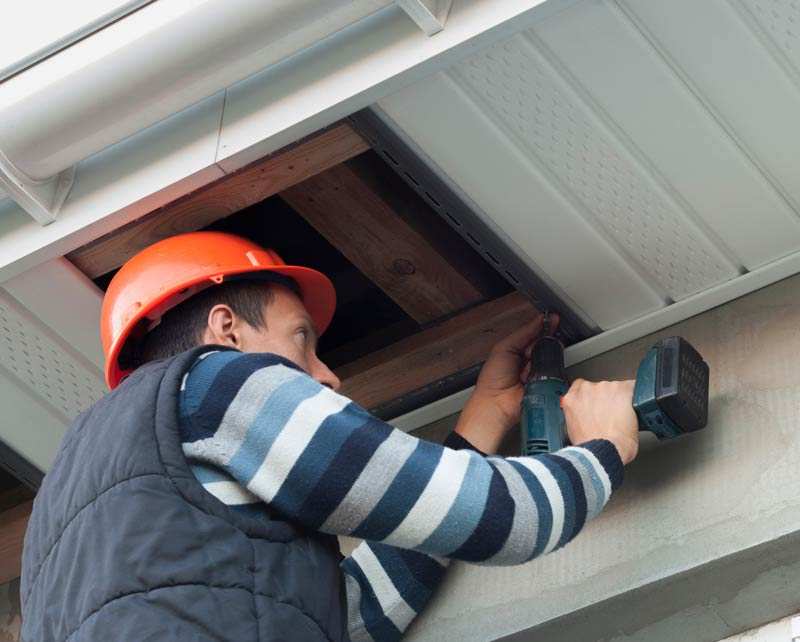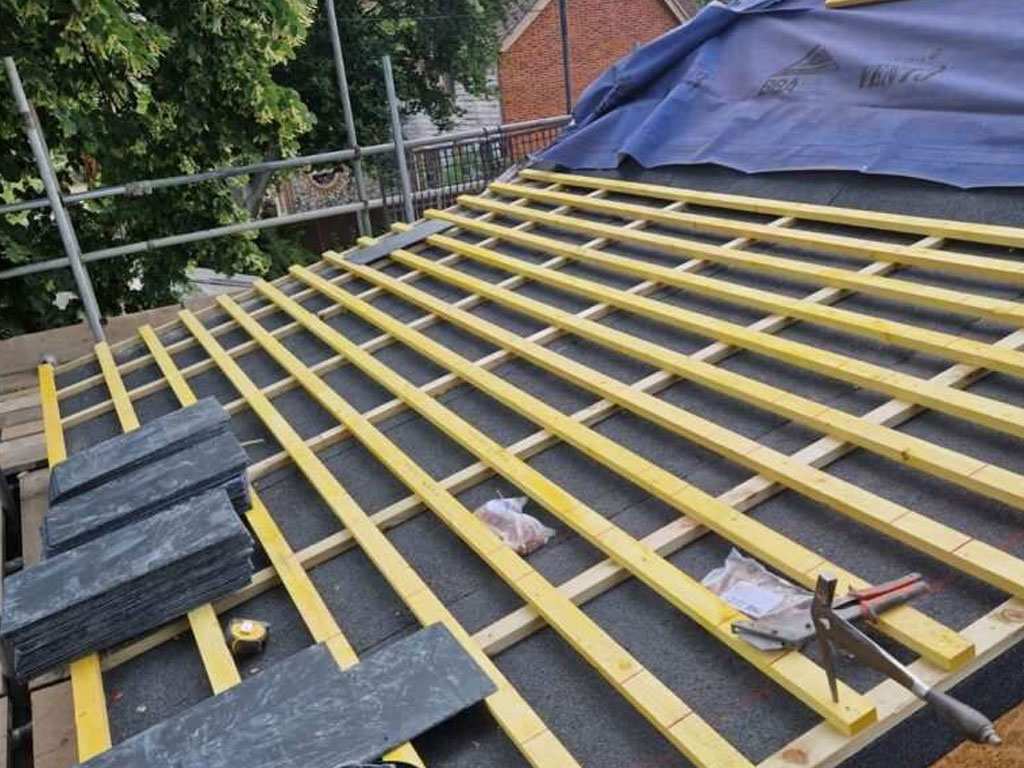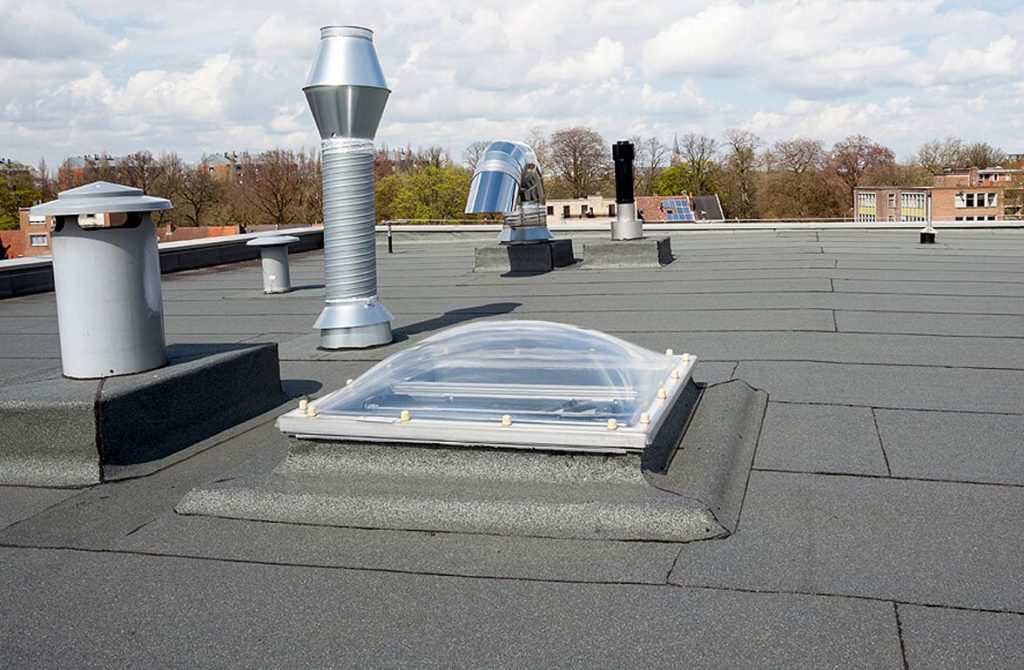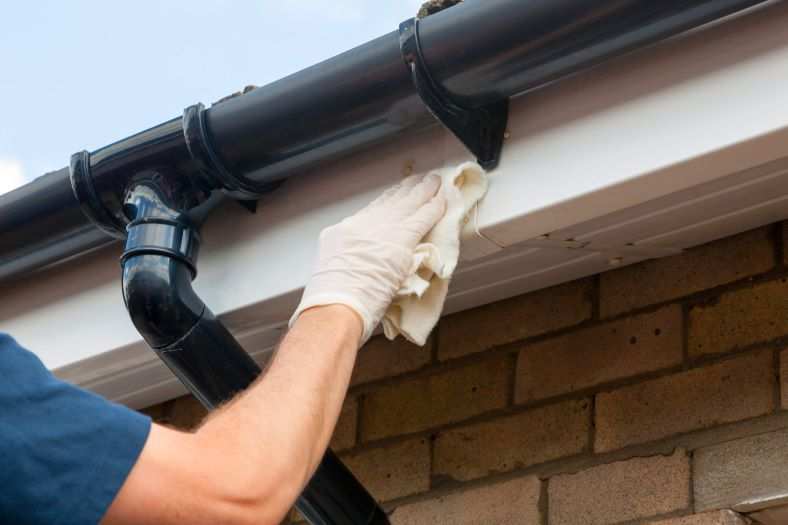As the old adage goes, prevention is better than cure, and nowhere is this truer than when it comes to your property. Roof inspections are an essential part of the preventative maintenance of any building, helping to ensure its longevity and protect its value. In this blog post, we will dive deep into what to expect during a roof inspection.
Roof inspections might seem daunting, especially if you are new to property ownership. However, understanding the process can help ease your worries. We’ll cover why roof inspections are crucial, delve into the process, highlight what inspectors are looking for, and finally, guide you on choosing a reliable roof inspection company.
At KMS Roofing, we are experts in the roofing industry and our team of roofers in Bury St Edmunds are ready for your project.
Why Roof Inspections are Crucial
The roof of a building serves as the first line of defence against the elements and is therefore integral to the structure’s overall integrity. From resisting rain to shielding you from snow, the roof helps protect the interior and contents of a property from damage.
Neglecting regular roof inspections can lead to unnoticed damage or wear, which in turn may result in costly repairs or even the necessity for a complete roof replacement.
Regular inspections can identify minor issues before they escalate into major problems, saving you considerable time, stress, and money in the long run.
Understanding the Roof Inspection Process
Roof inspections involve a comprehensive examination of the roof’s condition to identify any potential issues or damage. A professional roof inspector, who is trained and experienced in spotting even the smallest signs of roof damage, should ideally carry out the process.
Typically, a roof inspection might take anywhere between 45 minutes to a couple of hours, depending on the size and complexity of the roof. It’s worth noting that weather conditions might also influence the duration and scheduling of the inspection.
Types of Roof Inspections
Roof inspections fall into two main categories: external and internal inspections. External inspections involve a thorough examination of the roof’s exterior. During this stage, the inspector looks for any visible damage or wear such as missing, curling, or cracked shingles, or any signs of leaks.
Internal roof inspections, on the other hand, involve a check of the attic space, examining it for signs of water intrusion, improper insulation, or structural issues. Both these inspections are equally important, providing a comprehensive understanding of the roof’s condition.
The Areas of Focus During a Roof Inspection
Several key areas are scrutinised during a roof inspection. The actual roofing material, such as tiles or shingles, is checked for signs of damage or wear. Gutters and downspouts are examined for blockages or damage that may lead to improper water drainage.
Additionally, the roof inspector will focus on flashings and vents, which are common areas for leaks. The chimneys and skylights are inspected for proper sealing and potential leakage points. Finally, a structural inspection is performed to check the condition of the rafters, the quality of insulation, and the adequacy of ventilation.
Roof Inspection Checklist: What Professionals Look For
Roof inspectors follow a comprehensive checklist during their inspection. They’re looking for signs of standing water, damaged or missing shingles, moss or algae growth, damaged flashing, blocked gutters, chimney damage, and more.
They also check the inside of the property for signs of water leakage, such as stained ceilings or walls. The aim is to leave no stone unturned, ensuring that potential issues are identified before they become severe problems.
What to Do After the Roof Inspection
After the roof inspection, you will receive a detailed inspection report that outlines the overall condition of your roof and any specific issues identified. If issues are uncovered during the inspection, it’s time to call in a professional roofing contractor to make the necessary repairs.
Maintaining your roof after the inspection is critical. Regular maintenance not only helps to prolong the lifespan of your roof but also keeps it in the best possible condition, which can be particularly useful when it comes to selling your property.
How to Choose a Reliable Roof Inspection Company
Choosing a reliable roof inspection company is key to ensuring your inspection is thorough and accurate. When looking for a company, consider its reputation, experience, and the quality of its customer service. Look for companies with good reviews and ask for recommendations from friends or family members.
Don’t hesitate to ask potential inspectors questions about their process, qualifications, and whether they carry liability insurance. Be wary of any company that doesn’t provide clear answers or tries to rush you into a decision. A good roof inspection company will take the time to explain their services and put you at ease about the inspection process.
Conclusion
Roof inspections are a vital aspect of property maintenance, helping to identify minor issues before they escalate into major problems. By understanding what to expect during an inspection and how to choose a reliable company, you can ensure that your property is in the best possible condition.
So, whether you’re a seasoned property owner or new to the game, remember that regular roof inspections are a wise investment. After all, it’s not just a roof, it’s the protective shield for your home or property. And like any good shield, it needs regular checks to make sure it’s up to the task.
Get in touch with us today for a quote on our roofing services.

